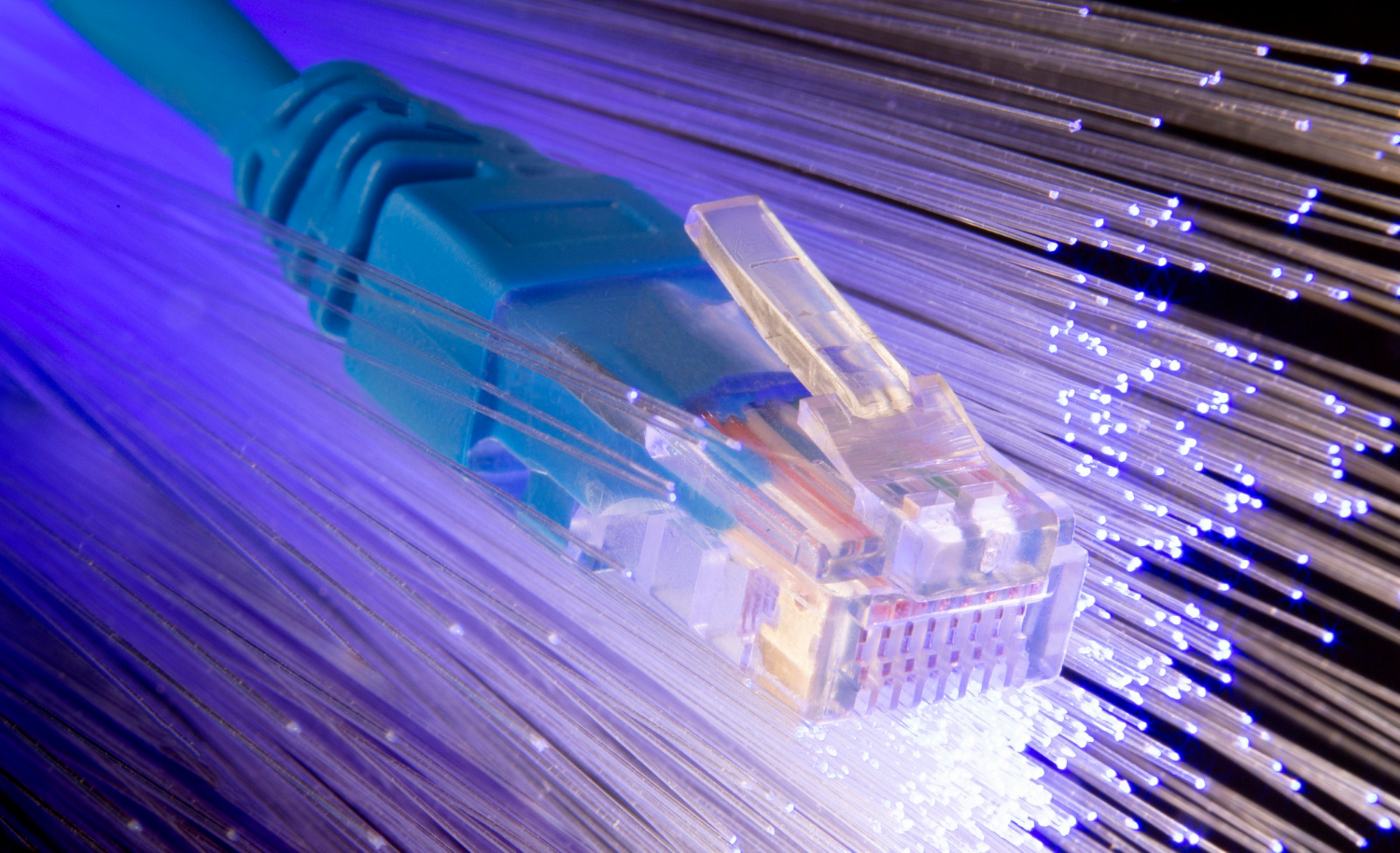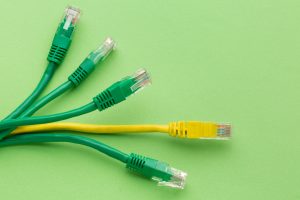- 4 August 2023
- 64
Ethernet Cable Length Explained: Signal Cut-Off

Introduction: Ethernet Cable Length
In today’s interconnected world, Ethernet cables play a crucial role in establishing reliable and high-speed network connections. However, many people overlook a critical aspect of Ethernet cable performance – its length. Understanding the relationship between Ethernet cable length and signal transmission is essential for optimizing network performance and avoiding potential issues. In this article, we will delve into the intricacies of Ethernet cable lengths and explore how they can affect signal cut-off points.
Understanding Ethernet Cable Length and Signal
Transmission Ethernet cables are designed to transmit data signals from one device to another, such as from a modem to a router or from a router to a computer. The electrical signals that carry data through these cables are subject to attenuation, which is the reduction in signal strength over distance. As the length of an Ethernet cable increases, the signal’s strength gradually diminishes, leading to potential performance problems.

Factors Influencing Signal Cut-Off Points
Several factors influence the point at which the Ethernet signal becomes too weak to maintain a stable connection. The cable’s category (Cat 5e, Cat 6, Cat 7, etc.) and the quality of its construction play a significant role in determining the signal’s resilience over distance. Additionally, environmental factors like electromagnetic interference and crosstalk can impact signal integrity.
Finding the Optimal Ethernet Cable Length for Your Setup
To ensure a reliable and efficient network, it’s crucial to choose the right Ethernet cable length for your specific setup. For shorter distances, such as connecting devices within the same room, most Ethernet cables perform well. However, when you need to establish connections over longer distances, careful consideration is necessary to avoid signal degradation.
Troubleshooting Signal Issues and Cable Length
If you experience signal-related problems in your network, it’s essential to troubleshoot and identify potential cable length issues. Sometimes, a simple adjustment to the cable’s length or upgrading to a higher category cable can make a significant difference. We’ll discuss common signal-related problems and how to address them effectively.
Conclusion:
Ethernet cable length is a critical aspect of network performance that should not be overlooked. Understanding the relationship between cable length and signal transmission allows you to optimize your network setup for reliable and fast connections. By following the guidelines outlined in this article, you can ensure that your Ethernet cables are appropriately sized and positioned, minimizing signal cut-off points and maximizing network efficiency. Remember, choosing the right cable length is an investment in the stability and effectiveness of your network connections.

